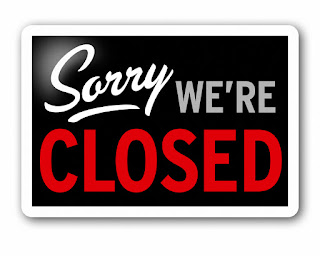Hospital Branding Blog: Is your brand safe?

At a recent breakfast featuring several CEO’s of Chicago hospitals, the panel was asked this question: “what keeps you up at night?” Their answers really woke up the audience of nearly 500 and provided a chilling reminder about how the world and our priorities have changed. One panelist explained that his answer would have been very different years ago. It would have focused on the hospital’s census, average length of stay, and quality ratings. Today what keeps these hospital CEO’s awake is concern over patient safety. At first glance, you might suspect that their comments have to do with Medicare’s Hospital-Acquired Condition (HAC) Reduction program. Or, reports from the Agency for Healthcare Research and Quality that cite one in eight hospital admissions result in a patient injury of some kind. After all, the HAC program alone costs hospitals nearly $400 Million in Medicare payments. This kind of “patient safety” is not what these admin...






